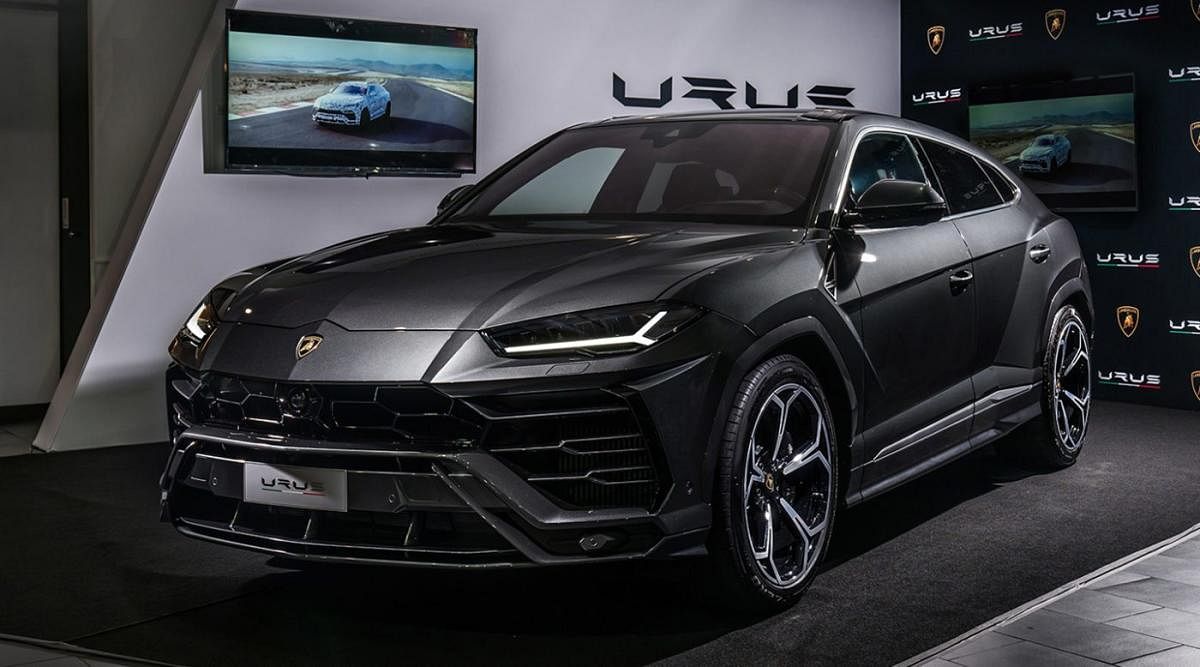
From Salem to Shillong, super-luxury carmaker Lamborghini is driving into India’s smaller towns to win new customers.
Its customer-oriented experiences have started to boost the brand’s clout in the country’s Tier 2 and Tier 3 cities, translating into more demand from non-metros such as Amritsar, Calicut, Kanpur, Madurai, Salem, Trichy and Udupi, according to its India head, Sharad Agarwal.
“This year we have already delivered the first Lamborghini in the North-East, in Shillong and the first Lamborghini in Daman,” he told DH.
That came four years after it started the ‘Lamborghini in your City’ initiative and targeted more than 100 cities where it found people aspiring to buy the car.
As the luxe carmaker celebrates the delivery of 200 “Urus” cars in India – about four years from when it sold the first one – it is bullish on demand from India’s smaller towns and non-metro cities.
The Italian brand of luxury sports cars and SUVs has also been seeing a change in its customer demographic. “Earlier the demand was largely from third or fourth-generation business entrepreneurs and now we are witnessing increasing demand from first- and second-generation business entrepreneurs,” he said. “We also see demand from founders of successful startups and an increasing share of women buyers, too.”
The company has seen its own set of challenges too.
Macro factors such as high taxation and the rupee’s depreciation, which makes imports more expensive, have hampered the luxury segment’s growth. Since Lamborghini’s cars are made outside India and not locally assembled, the rupee’s fall works against it.
“In the last decade, each time we anticipated the segment to grow consistently, but it did not happen and there were new challenges hampering it. This makes it very difficult for anyone to predict how the segment will grow in the next three to five years.”
Still, the carmaker is in no mood to give up on Asia’s third-largest economy.
“The current demand is not up to its full potential in the country,” he said.